Oftentimes, we hear about how great the game of hockey was in a previous generation. Whether it was Bobby Orr flying in the 1970s or Wayne Gretzky and Mark Messier leading the dominant Oilers offenses in the 1980s, fans always reminisce about how the game was better and how the NHL isn’t the same.
Related: Fuzzy History of the NHL Playoff Beard
Many fans would argue that the NHL is better now than it has ever been. After all, there are more teams, the skill of the players is world-class, and the casual fan has access to more games than ever before. However, there are still a lot of things about the game that are missed, from rule changes to the teams in the league to even the uniforms. There are a lot of things that made hockey the popular sport it is today but are now nostalgic memories.
Old Famous Arenas
The new state-of-the-art arenas are great for the NHL. New arenas like Climate Pledge Arena and USB Arena allow fans to see the game from any seat without an obstructed view and also provide plenty of modern-day features including big screens above the ice, spacious concourse areas, and luxury seating. The brand-new venues are ideal for the growing game for both fans and players alike and will only continue to improve in the future.
However, it’s hard not to associate the game and some of the iconic moments with its famous older arenas. The Montreal Forum, Maple Leaf Gardens, and the old Boston Garden were some of the many older rinks that not only popularized hockey but also carried a mystique to them. The fans feel something is lost with the old arenas as well, especially when it comes to playoff success. The Canadiens, who have won 24 Stanley Cup titles, have yet to hoist the trophy in their new arena, the Bell Centre, which has hosted them since 1997. The Maple Leafs haven’t won a Cup since moving out of Maple Leaf Gardens in 1999. Historic franchises have their success intertwined with the old arenas and with the famous venues no longer in use, it feels at times like the successful years are a bygone era.
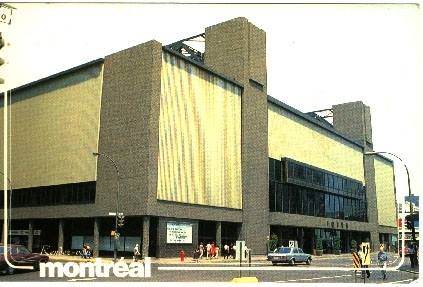
Along with the mystique and history, the old arenas and barns would often allow the fans to be part of the games as they would be on top of the players and cause the place to shake, especially during the Stanley Cup Playoffs. Nassau Coliseum and Rexall Place were both built in the 1970s with the intention of packing as many fans as possible into one place. Both venues were host to the two dynasties of the 1980s, the New York Islanders and Edmonton Oilers, and were known for having a distinct advantage with loud, raucous crowds that caused the ice to shake after big moments.
Madison Square Garden is one of the last standing arenas from the past eras, hosting the New York Rangers since the season after the team’s founding in 1927 and since the arena’s renovations in 1968. Otherwise, the NHL has slowly replaced the iconic sites over the years, making the famous arenas a thing of the past.
The 1 vs 8 Playoff Format
Starting the 2014 Stanley Cup Playoffs, the NHL switched its playoff format to the current model, with two wild card teams in each conference facing the two division winners. Initially, the new playoff format made sense, considering the league was moving from three divisions per conference to only two. However, since being implemented, there have been issues with the system that wouldn’t occur in the original 16-team playoff format where the team with the best record in the conference would play the lowest seed.
The 2022 Stanley Cup Playoffs have particularly provided many first-round matchups that have raised concerns with the current format. In the Western Conference, the Minnesota Wild finished the regular season with the second-best record in the conference with a 53-22-7 record while the St. Louis Blues had the fourth-best record at 49-22-11. However, under the current format, the two teams were forced to face each other in the first round. Likewise, the top three teams in the Atlantic Division finished this season within the best four records in the Eastern Conference, but since the Maple Leafs failed to win the division, they have to face an evenly matched Tampa Bay Lightning in the First Round instead of facing a team with a significantly worse record.
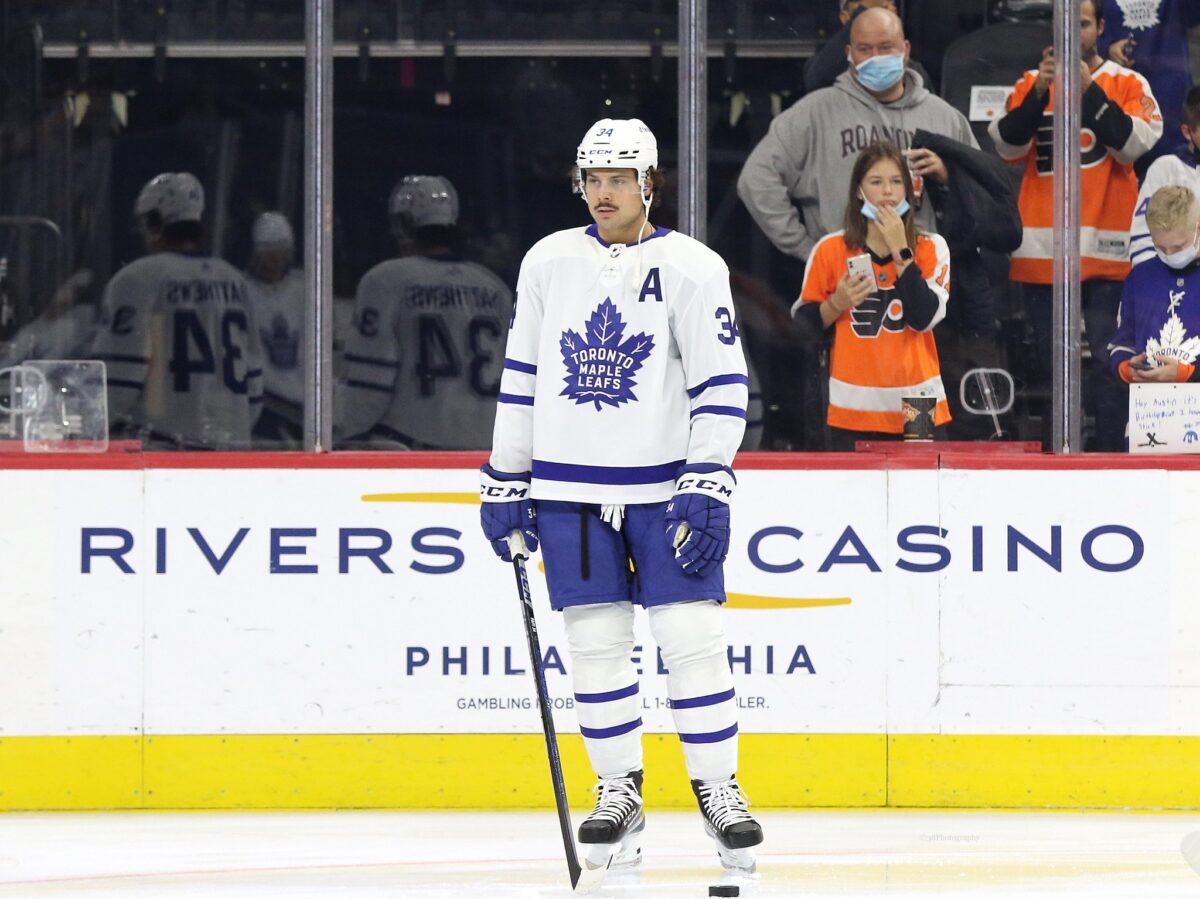
This year’s playoffs featured a lot of re-run matchups or storylines that were a repeat of the season before. The Maple Leafs faced the Lightning for the second year in a row. While the Maple Leafs won the series this time around, the series didn’t bring any new faces or on-the-ice matchups. Likewise, the Oilers faced the Los Angeles Kings in the First Round for the second year in a row in a six-game series that felt stale for many fans. The Oilers won the series in six games and advanced to the Second Round for the second year in a row. The Kings were left feeling empty after a strong year, knowing they could have made a deeper playoff run if they faced a different opponent that wasn’t a matchup problem for their style of play.
Fans and experts of the NHL have been quick to point out the issues with the current format, which doesn’t always reward the teams with the best record. Oftentimes, one division will be dominant but the teams in that division must match up against each other in the First Round instead of playing against weaker competition. The 1 vs. 8 playoff format would not only allow underdogs to go up against heavy favorites in the early round but it would save the best matchups for the later rounds which in the process, would make the playoffs more exciting with each round.
Close Stanley Cup Final Matchups
Since 2012, there has only been one Stanley Cup Final that has gone the distance, the 2019 matchup between the Bruins and the St. Louis Blues. The Blues won the series and their first title in franchise history but even the seven-game series was underwhelming. Only two games were decided by one goal and to make the series all the more anticlimactic, Game 6 and Game 7 were lopsided scores with the Bruins winning 5-1 and then losing the winner-take-all game 4-1.
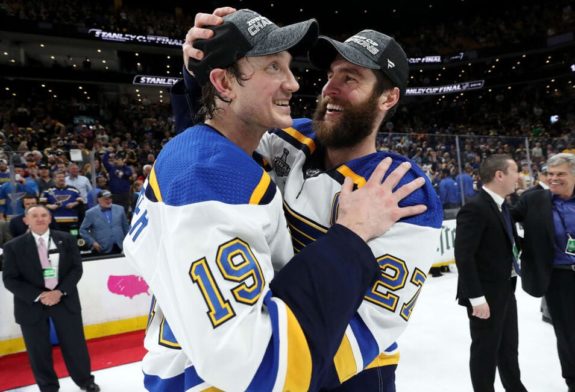
The Stanley Cup Final is supposed to be the most exciting series in sports but in the past decade, a lot of the matchups have been either lopsided or disappointing. Four of the past 10 Final matchups have been decided in five games and only a few have provided a back-and-forth series where both teams are batting to take control of the series. This has prevented the NHL from growing the game as the biggest stage has left fans feeling empty. Additionally, instead of there being a buildup to the Stanley Cup Final, the playoffs wind down with the First Round being the most exciting and the subsequent rounds being only slightly intriguing.
In the 2000s, the opposite was the case. some of the most memorable Cup Final matchups happened in that decade with series that went the distance and had plenty of close, dramatic games. Here were some of the matchups from that decade.
- 2001 – The New Jersey Devils, the team to beat after winning it all the year before, faced a Colorado Avalanche team that felt destined to win the Cup. The Devils won Game 5 to take a 3-2 series lead but the Avalanche won the next two games including a 3-1 thriller in Game 7 that allowed 40-year-old Hall of Fame defenseman Ray Bourque to hoist the Cup for the first and only time in his career.
- 2003 – In a series where the home team won every game, the Devils won their third title in a nine-year span by defeating the Anaheim Ducks in a series that went the distance.
- 2004 – An iconic or devastating series, depending on who you ask. The Lightning and Calgary Flames played a Final for the ages where the final four games were each decided by one goal, including the double overtime Game 6 that featured the controversial call that overturned Martin Gelinas’ potential Cup-winning goal, a call that haunts Flames fans to this day. The Lightning won the Cup with a 2-1 Game 7 win but the memories for hockey fans were unfortunately short-lived since the league went through a lockout the next season.
- 2006 – In a return to the ice, the Carolina Hurricanes faced the Cinderella Oilers, who were the eighth seed in the Western Conference but made a run to reach the Final. Four of the seven games were decided by one goal and Game 7 was a one-score game until Justin Williams scored the empty-netter to put the game and the series away.
- 2008 – The last title of an era. The upstart Pittsburgh Penguins gave the Red Wings all they could handle with four of the final six games in the Final being decided by one goal. While the series didn’t go the distance, Game 6 is one of the most memorable as the Red Wings won 3-2 and held off a last-second push by the Penguins where Marian Hossa came inches away from tying the game.
- 2009 – A rematch of the 2008 Final but one that went seven games. This time, the Penguins came out on top, winning Game 6 at home, 2-1, and then defeating the Red Wings on the road 2-1. The kids knocked the future Hall of Famers off the top of the mountain and the 2009 title marked the end of one dynasty and the start of another.
The bottom line is that it’s been a while since the Final matchup have been exciting but when they were, they provided some of the game’s most iconic moments. The hope is that in the coming years, there will be more entertaining matchups that go the full seven games. After all, the seven-game series in 1994 gave fans memories that will last a lifetime.
The 1980s Offensive Explosion
The 1980s was a decade when goals skyrocketed across the league. The Oilers averaged 5.33 goals per game in the 1985-86 season and averaged a mind-boggling 5.58 goals per game in the 1983-84 season led by the fast, skilled offense featuring Gretzky, Messier, and puck-moving defenseman Paul Coffey.
Even teams that struggled offensively would average three goals per game or more which would be above average in today’s NHL. In the 1985-85 season, the Detroit Red Wings averaged 3.33 goals per game, the worst mark in the league. In 2010-11, the NHL leader in goals per game was the Vancouver Canucks, they averaged 3.15 goals per game. The bottom line is that in the 80s, goals were up and offenses were at an all-time high for the decade.
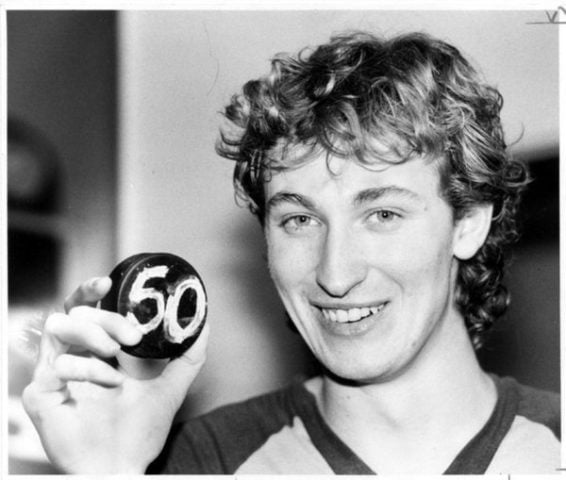
A lot of factors contributed to the scoring surge, among them were poor goaltending and goaltending equipment. In addition, the rules and the way teams played allowed skaters to oftentimes carry the puck into the offensive zone untouched, with little interference in the neutral zone. However, one of the primary reasons for the increase in goals was the skill at the forward position with the decade featuring Gretzky, Messier, Dale Hawerchuk, and Mario Lemieux among many that highlighted the offensive skill.
The defenses and goaltenders have improved and are at a world-class level in the modern game, causing goals to dip. However, high-scoring games are often what fans like to see with some of the best games in a typical season being the 7-6 or 6-5 thrillers. Additionally, the high-scoring game of the past arguably made hockey as popular as it was in the 1980s. The good news is that in recent years, goals have been trending upward. In 2021-22, 18 teams averaged 3.00 goals per game or more, and in 2022-23, 21 teams eclipsed the 3.00 goals per game threshold. With the league emphasizing speed and skill, it’s possible that goals will continue to trend upward, bringing that 80s excitement back to the game.
The Hartford Whalers & Quebec Nordiques
A unique part of NHL history, specifically, the expansion era involved two teams joining the league. The Hartford Whalers and Quebec Nordiques both came into the NHL when the rival World Hockey Association (WHA) folded in 1979. The two franchises joined the league along with the Oilers and Winnipeg Jets, expanding the NHL to 20 teams to start the 1979-80 season. The Oilers became the dynasty of the 80s, winning five Stanley Cup titles in seven seasons while the Jets moved to Arizona in 1996, only to return in 2011, making both franchises a prominent part of the league currently. Unfortunately, the Whalers and Nordiques eventually relocated to Raleigh, North Carolina, and Denver, Colorado respectively, leaving both Hartford and Quebec City without professional hockey teams.
A team in Hartford was special to the NHL, being the only team in the major sports to have a team in the city. The small city is known as “Anytown USA” and for the Whalers to play in a small Connecticut market made the team and the NHL unique. Moreover, the Whalers etched themselves into hockey history as one of the first non-traditional teams from their green and blue jerseys to the Brass Bonanza and paved the way for teams that followed to be creative brands.
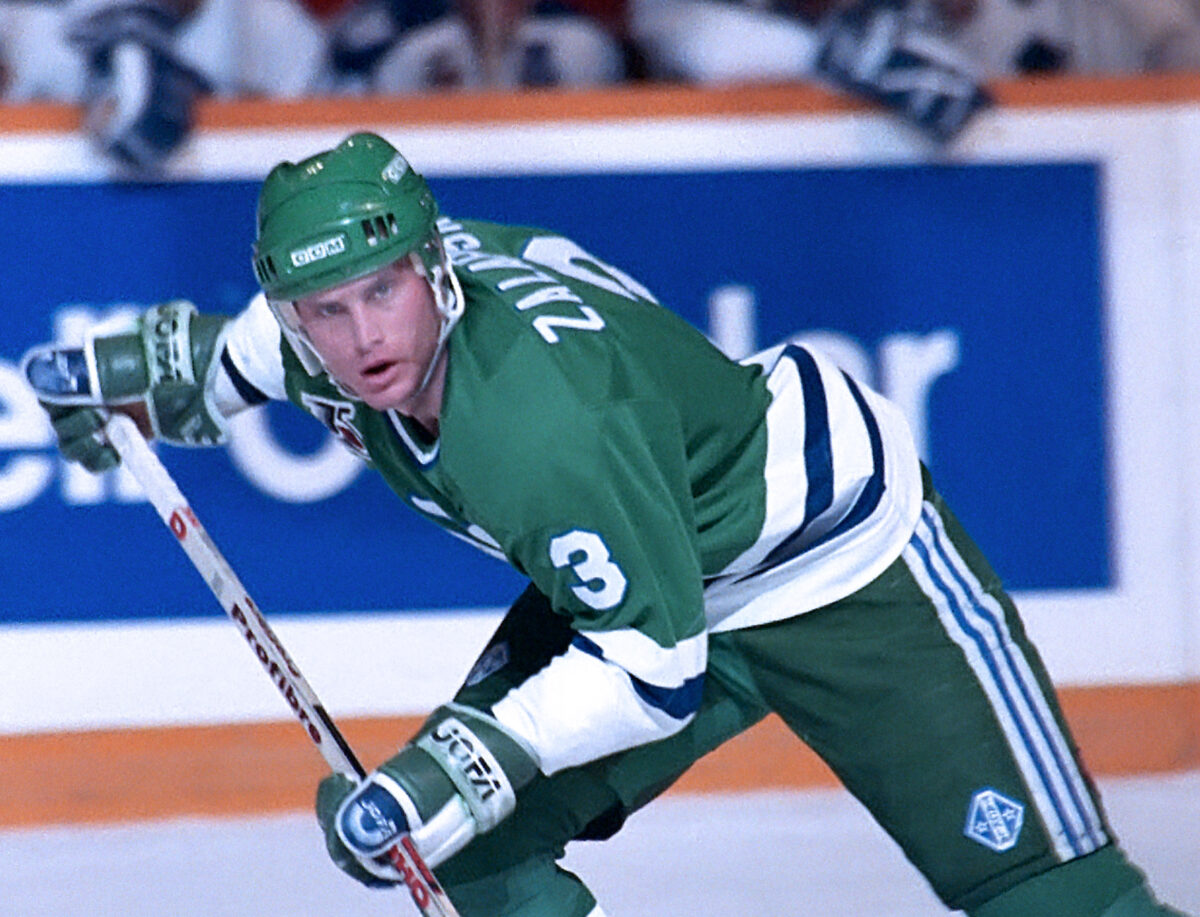
Quebec City on the other hand lost its team in 1995, and the city has been fighting for an NHL team ever since. The Nordiques were a popular team in a region passionate about hockey. The league has given Las Vegas and Seattle professional teams recently, and both teams have thrived both on the ice and in their respective cities. However, the Quebec region is still waiting for the NHL to return, including building a new arena, the Videotron Centre with the anticipation of a team. As a result, Quebec City is on the shortlist of cities that make sense for NHL relocation with professional hockey being greatly missed in the region.
The Arizona Coyotes were in the news this offseason with their arena proposal rejected by the citizens of Tempe, Arizona. the team will remain in the area for the time being but relocation rumors once again resurfaced and fans started pondering where they could move. Hartford and Quebec City weren’t the first cities that came to mind but if the Coyotes can’t find a long-term home in the desert, both cities will emerge as potential suitors for the team.
The Best Players Being on the Best Teams
Connor McDavid and Auston Matthews are two of the greatest players in the NHL, but the two generational talents have seen little playoff success. Of the two skaters, McDavid is the only one to reach the Western Conference Final, and both players have constantly been defeated in the playoffs.
Hockey is a team sport, and the best teams are the ones that end up hoisting the Stanley Cup. However, it has been a great disappointment to see some of the game’s best stars not even appear on the biggest stage, unlike previous eras where the best players could be seen in the Stanley Cup Final. To be fair, every team that wins the Cup has star-caliber players that can carry the team if needed. Nikita Kucherov, Steven Stamkos, and Victor Hedman propelled the Tampa Bay Lightning to back-to-back titles in 2020 and 2021. Nathan MacKinnon and Norris Trophy-winning defenseman Cale Makar carried the Colorado Avalanche to the Cup in 2022. Recently, the Vegas Golden Knights were led by Jack Eichel and Jonathan Marchessault to their first title in franchise history.
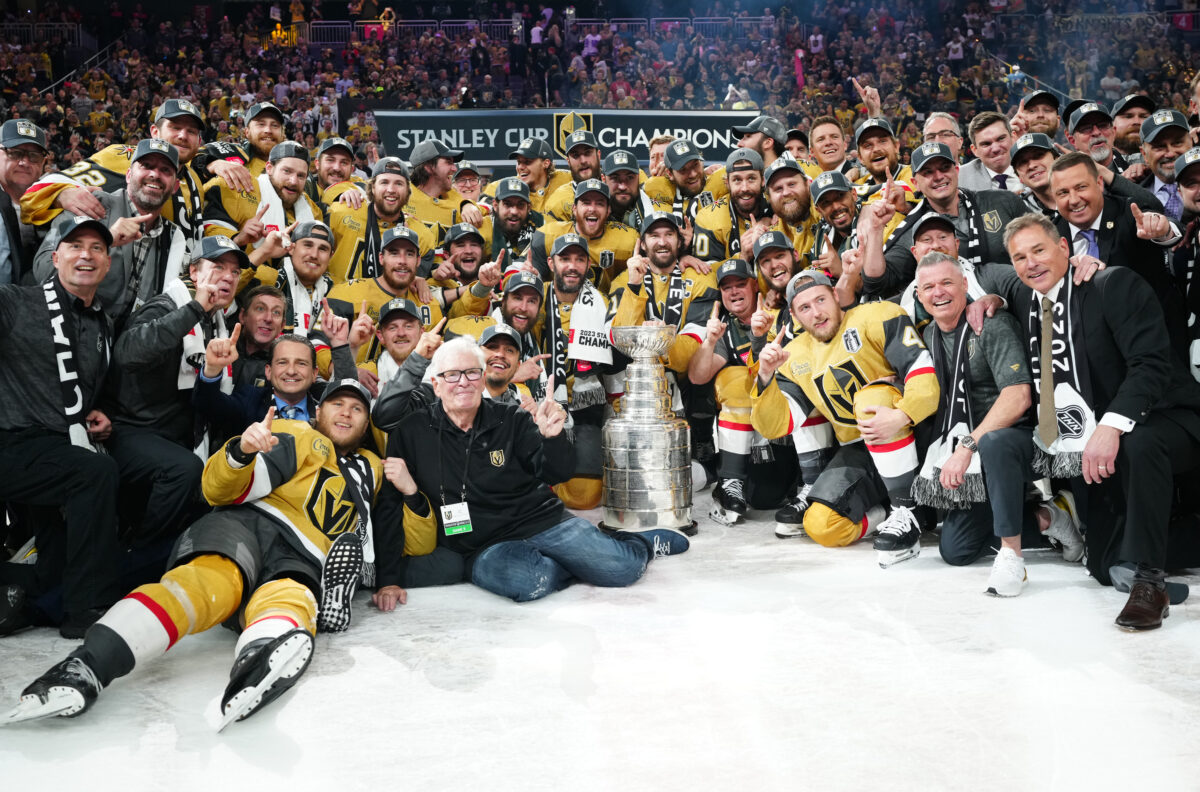
That said, the best in the game, the cream of the crop, are the ones watching the Stanley Cup Final and not playing in it. A great trivia question that proves this point, who was the last player to win the Hart Trophy and the Stanley Cup in the same season? The answer is Martin St. Louis in 2004 with the Lightning. It’s been nearly 20 years since the player recognized as the best in the league in a season has won the Cup and hopefully, that drought ends in the upcoming seasons.
Other Things We Miss About the NHL
Since 1926, the Red Wings have played in six divisions and four conferences and currently play in the Eastern Conference. However, the conference that stands out the most with the team, especially recently was the Western Conference, which they were in from the 1993-94 season until the end of the 2012-13 season. The rivalries they formed in the 1990s made the decade memorable. Sergei Fedorov, Steve Yzerman, Niklas Lidstrom, and other future Hall of Famers would meet up against the Colorado Avalanche, Dallas Stars, and St. Louis Blues and great players like Joe Sakic and Brett Hull. The Red Wings were the most successful team in the Western Conference, but the rivalries formed in the decade continued to popularize the game.
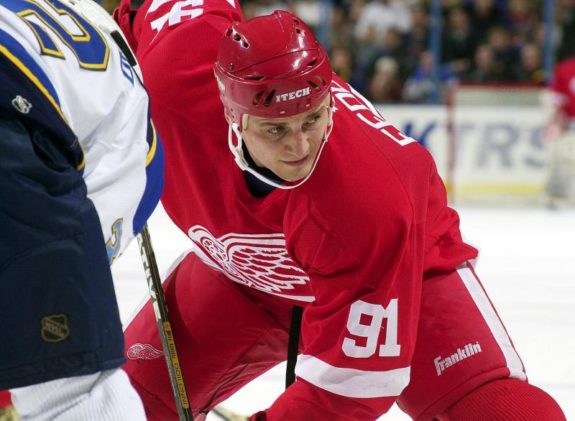
The Montreal Canadiens dynasty that won 10 Stanley Cup titles from the 1964-65 season to the 1978-79 season was fueled by the pipeline of talented homegrown players. Quebec natives like Guy Lafleur, Jean Beliveau, and Henri Richard helped turn the Canadiens into the dominant team and the region, but the decline in local players is not only missed within the fanbase but across the NHL.
The jerseys in the modern era are appreciated by most fans and some teams, like the Canadiens, Maple Leafs, and Bruins, have iconic looks because their uniforms have remained the same and stood the test of time. However, some fans miss the uniforms of previous eras. The colorful jerseys of the 1990s that teams like the Los Angeles Kings and the Arizona Coyotes make throwback games and the reverse retro uniforms intriguing.
On the note of jerseys, the advertisements plastered to them have been offputting. The sponsorships are a source of revenue for the league but these days, they are everywhere. On jerseys, helmets, the ice, and even on the boards which for viewers at home, have been a particular annoyance.
Goals have been up in recent years and a downside to the scoring surge has been the absence of elite goaltending. Goaltenders are struggling around the league and elite play in the net has been hard to find in recent years. The golden age of goaltending was in the early 2000s and the early 2010s and it was an era when Martin Brodeur would go up against Henrik Lundqvist in a 1-0 duel or Carey Price would battle Tim Thomas for 60 minutes.
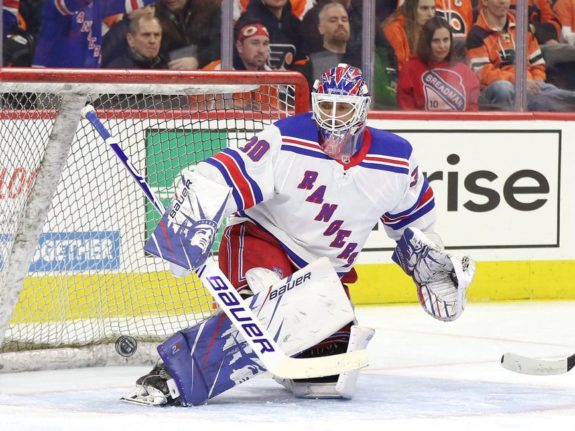
A criticism that is often heard during the playoffs is the quality of officiating. It’s an annual occurrence and has been since the earliest days of sports, for fans to believe that the referees are not only out to get their team with terrible calls but that they have never been worse than they currently are. There is one thing however that was particularly more effective in previous eras in terms of officiating, specifically, calls that would overturn plays because of an inch or the thinnest of margins. With replay and video review, goals can and are overturned because a skater is offside or something small that didn’t factor into the goal was seen and thus the play is overturned. Some fans want the whistles to get put away, especially late in the game but the main issue is overturning a goal when by all means, the measurement doesn’t justify doing so.
The game has changed a lot over the years and while hockey is faster and more skilled than ever before, there are many things about the game in the past that made the league as popular and exciting as it is. Let us know in the comments if there’s anything that is missing from the game that made a previous era memorable or notable.
